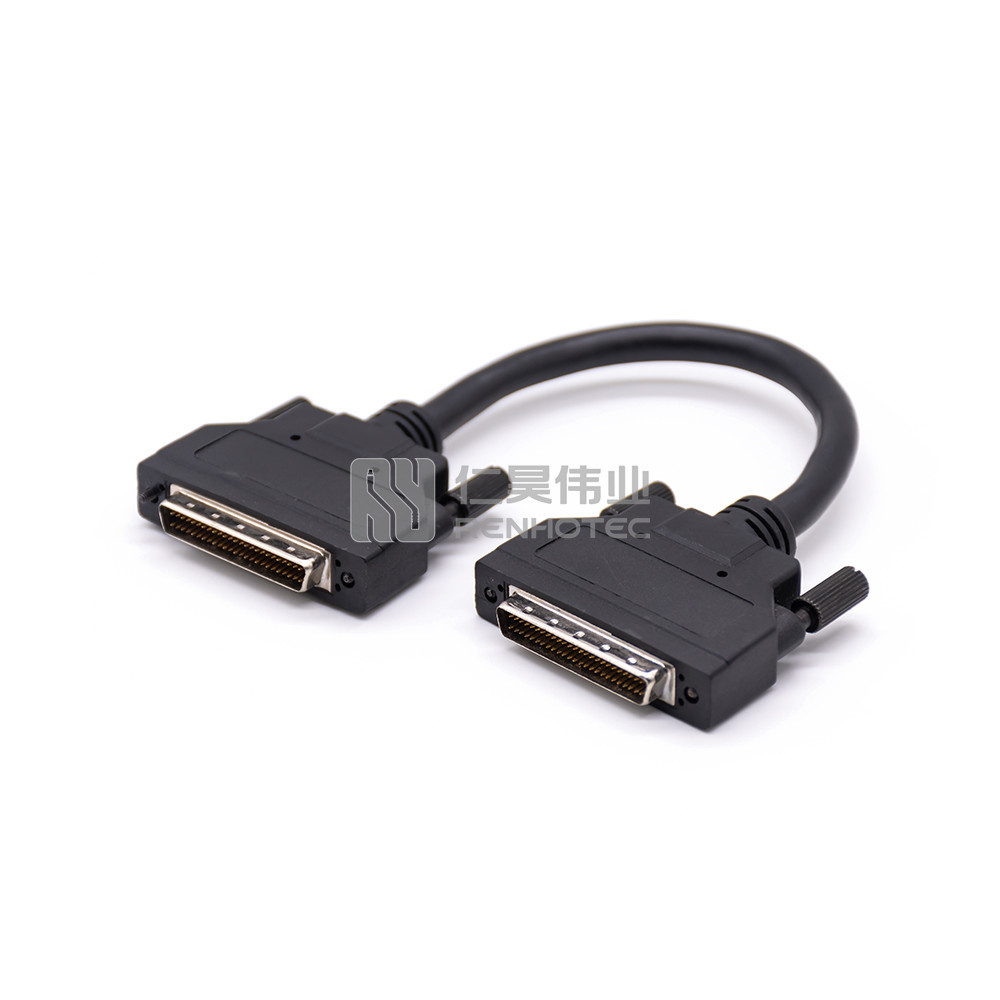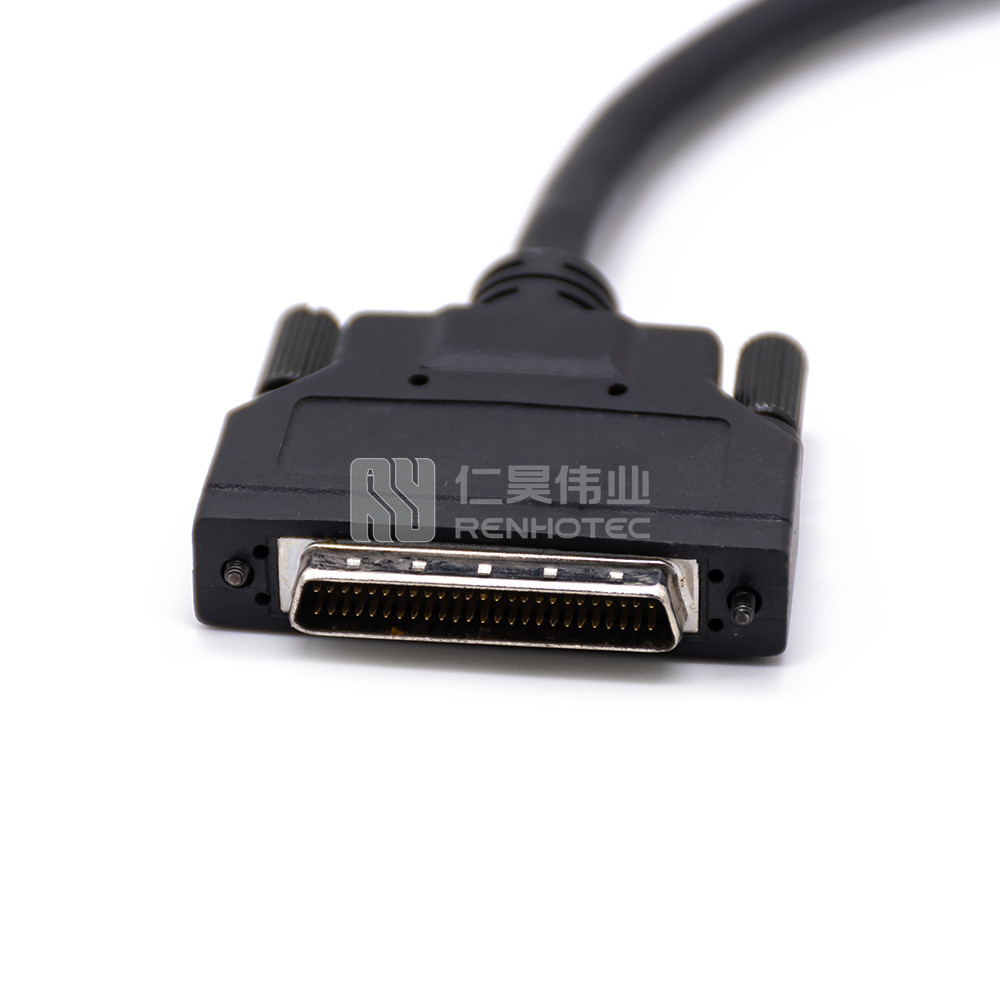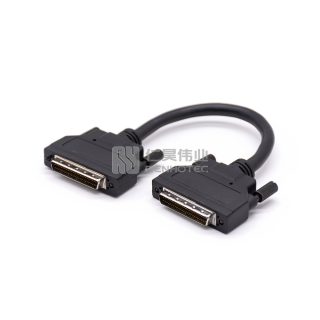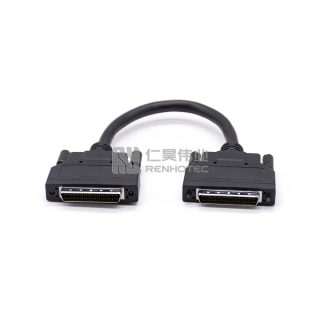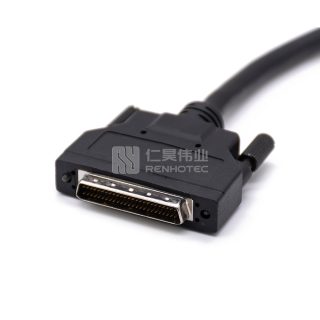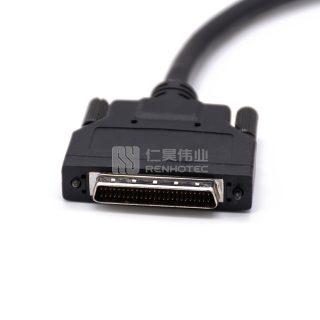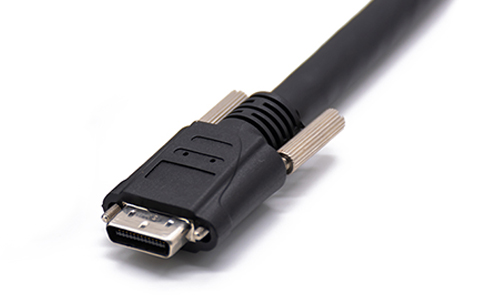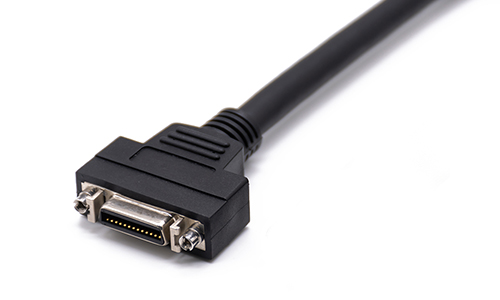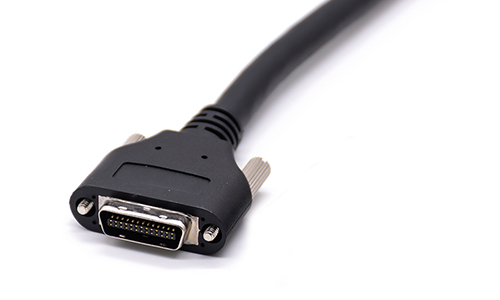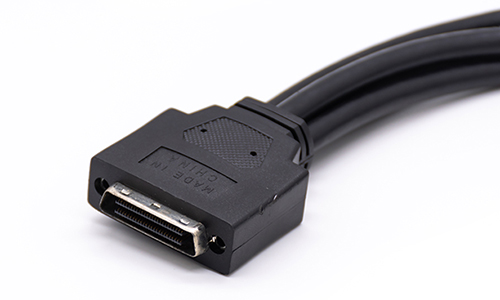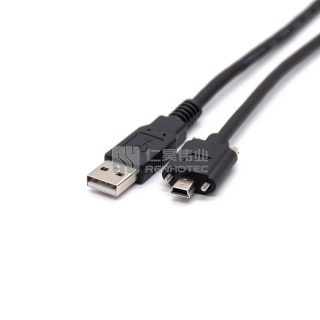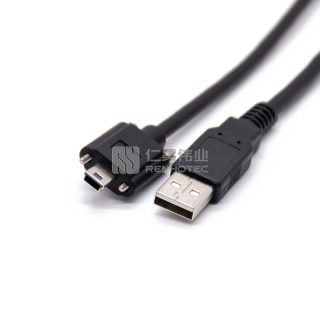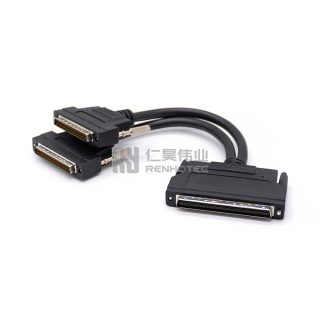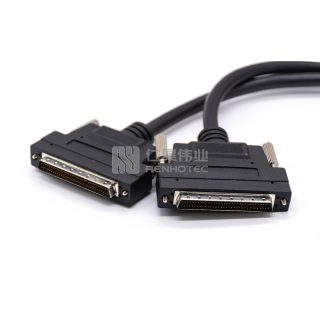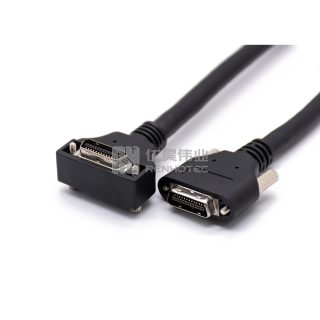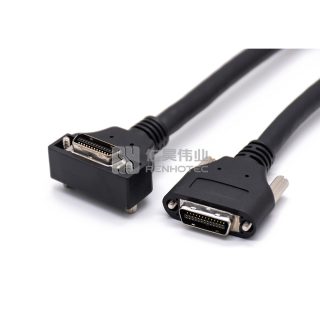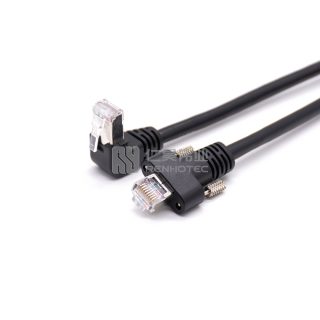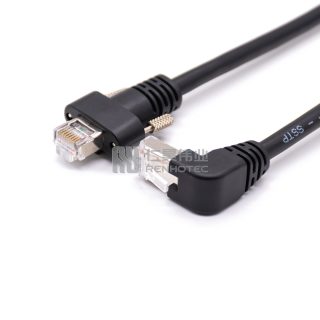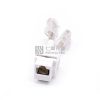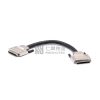A Camera Link cable is a type of high-speed data cable used to connect cameras and frame grabbers in machine vision and imaging applications. It provides a reliable and high-bandwidth connection between the camera and the image acquisition device.
Camera Link is a standard interface for transmitting digital video data from a camera to a frame grabber. It supports high-speed data transfer and is commonly used in industrial and scientific imaging systems. The Camera Link cable carries both video data and control signals, allowing for synchronized image capture and control of the camera settings.

Application

- Industrial imaging technology
- Machine Vision System
- Industrial cameras
- Scan on pipeline processing
- Product testing
- Image recognition
- Factory Automation System


